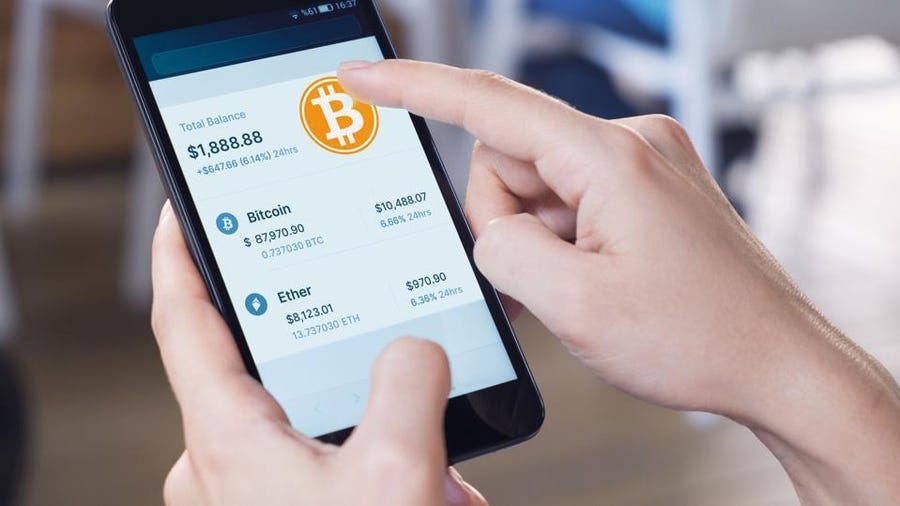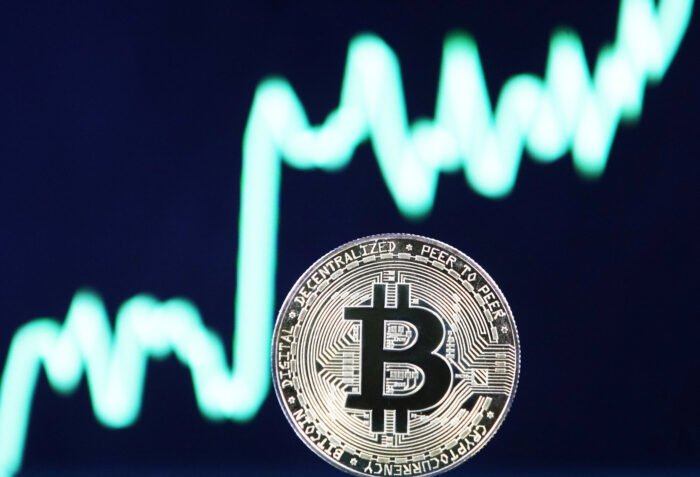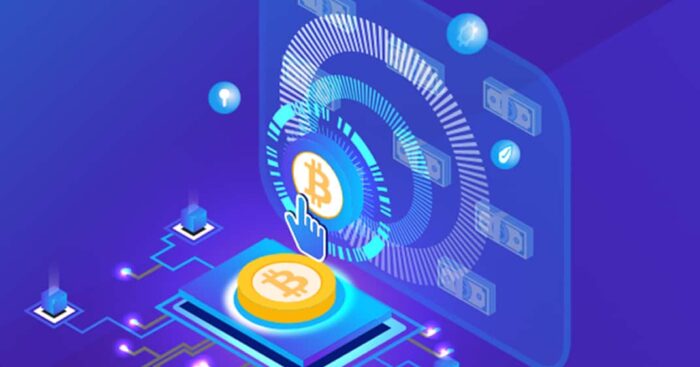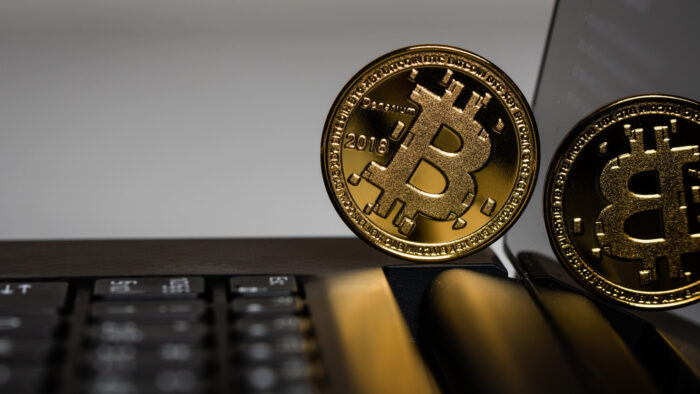
Investing in Bitcoin can seem difficult if you are a newbie or a beginner when it comes to cryptocurrencies. Want to get started but don’t know what to do or what you might need? For starters, aim for a secure internet connection, a payment mechanism, a wallet distinct from the exchange account, and acceptable identification documents if using a (KYC) platform. Keep on reading and have your questions answered, along with getting informed on Bitcoin in general.
What Are the Steps for Purchasing Bitcoin? Top 6 Key Steps To Follow And Understand
1. What are the different types of wallets where you can store your cryptos?
Desktop wallets – a variety of desktop wallets, both thick and thin, exist on the market these days. You can download relevant blockchain in its entirety, providing them with a layer of independence in terms of the security of their funds.
Mobile wallets – you will love this approach since your user’s funds are always within reach. For one thing, a full Bitcoin node requires downloading the entire blockchain, which is getting bigger all the time and takes up a lot of space.
Online wallets – with a web-based wallet, a user’s private keys are stored on a third party’s server somewhere on the internet. It is impossible to get into it without your long-key/password.

Hardware wallets – hardware wallets are used to store private keys on a disconnected network + a user will have the capacity to carry and store a lot of money.
Paper wallets – lastly, a paper wallet is a piece of paper that contains QR codes and two distinct bits of information written in characters.
You’ll want a private key, which is a unique piece of data, to spend Bitcoin at a specific address.
2. What are the fees like when buying BTC?
Bitcoin prices change depending on the mode of purchase and the marketplace.
When buying bitcoins from a friend in person, for instance, you need to take into account the “network charge” connected with sending the bitcoins from your friend’s digital wallet to yours.
Of course, if you’re paying with a credit card or a bank transfer, you’ll need to factor in the related expenses.
Moreover, suppliers of exchange services typically demand payment for their services. Some want it upfront while others can wait it out.
The fees cover everything from the exchange’s overhead to a small profit.
Generally speaking, you will save money in the long run if you avoid making many minor purchases and instead make fewer larger ones.
3. Choose a crypto service

Exchanges are convenient because they offer a wide range of services, including access to a larger number of tradable cryptocurrencies, the ability to withdraw funds to a digital wallet, and the chance for investors to buy, sell, and store digital currencies.
When creating a bitcoin exchange account, it is recommended that you use two-factor authentication and a lengthy, complicated password that includes a combination of lowercase, capital, special, and numeric characters.
There are many different kinds of cryptocurrency exchanges.
For added anonymity, some decentralized markets don’t even ask for user details.
Anonymity in financial dealings can help re-enter the mainstream economy for a select group of people, such as refugees or persons living in nations with little or no infrastructure for government banking or credit.
American law requires popular exchanges to request user IDs and the system is not decentralized.
4. You can place an order
Your Bitcoin order can be submitted once a payment method has been connected.
Certain components of this process may differ depending on the selected medium of trade.

The majority of Bitcoin exchanges, such as Coinbase and PayPal, allow you to buy Bitcoin with fiat money by simply entering the desired investment amount and the current exchange rate (after accounting for any fees).
Place market and limit orders on a trading platform that allows for more dynamic trading, such as Coinbase Pro.
In the context of cryptocurrencies, placing a market order signifies you plan to buy at the current price, regardless of prospective price changes.
When you create a limit order, you specify the maximum price at which you are willing to acquire the cryptocurrency.
Money will be acquired automatically once its value reaches that level.
Your contribution will be displayed as a proportion of all Bitcoin currently in use in the exchange.
If you invested $1,000 at the early July price of Bitcoin, which was around $34,000, 0.029 Bitcoins would be represented as owned.
5. Practice safe and proper storage
For novice investors, leaving their money in their exchange account is the simplest course of action.
Your digital belongings are further protected by a bitcoin wallet.
Your money is protected to differing degrees by different bitcoin wallets.

If the exchange offers a wallet option, you might be able to transfer your coins with ease from your exchange account to a more secure wallet.
Additionally, you can choose to use offline hardware for cold storage or a different piece of software.
You can purchase cryptocurrencies using a variety of services, but some of them, such as PayPal and Venmo, forbid you from transferring your funds to a hardware wallet of your choosing.
Consider whether you’d like that functionality before making a purchase, whether it’s for offline asset security or the potential to trade on a different platform in the future.
6. Where to sell or buy Bitcoin?
After reading the article through, do you want to start trading, investing & saving? Following a strategic plan and having a site that you trust are some crucial steps to make. Do you want a secure crypto wallet and do you wish to trade from the comfort of your home, while always staying in control? Install cryptex.net to cash and e-money with a few clicks. If you get confused or lost in the process you can message their support system which is online and at your service 24/7. Ready to give it a go?















